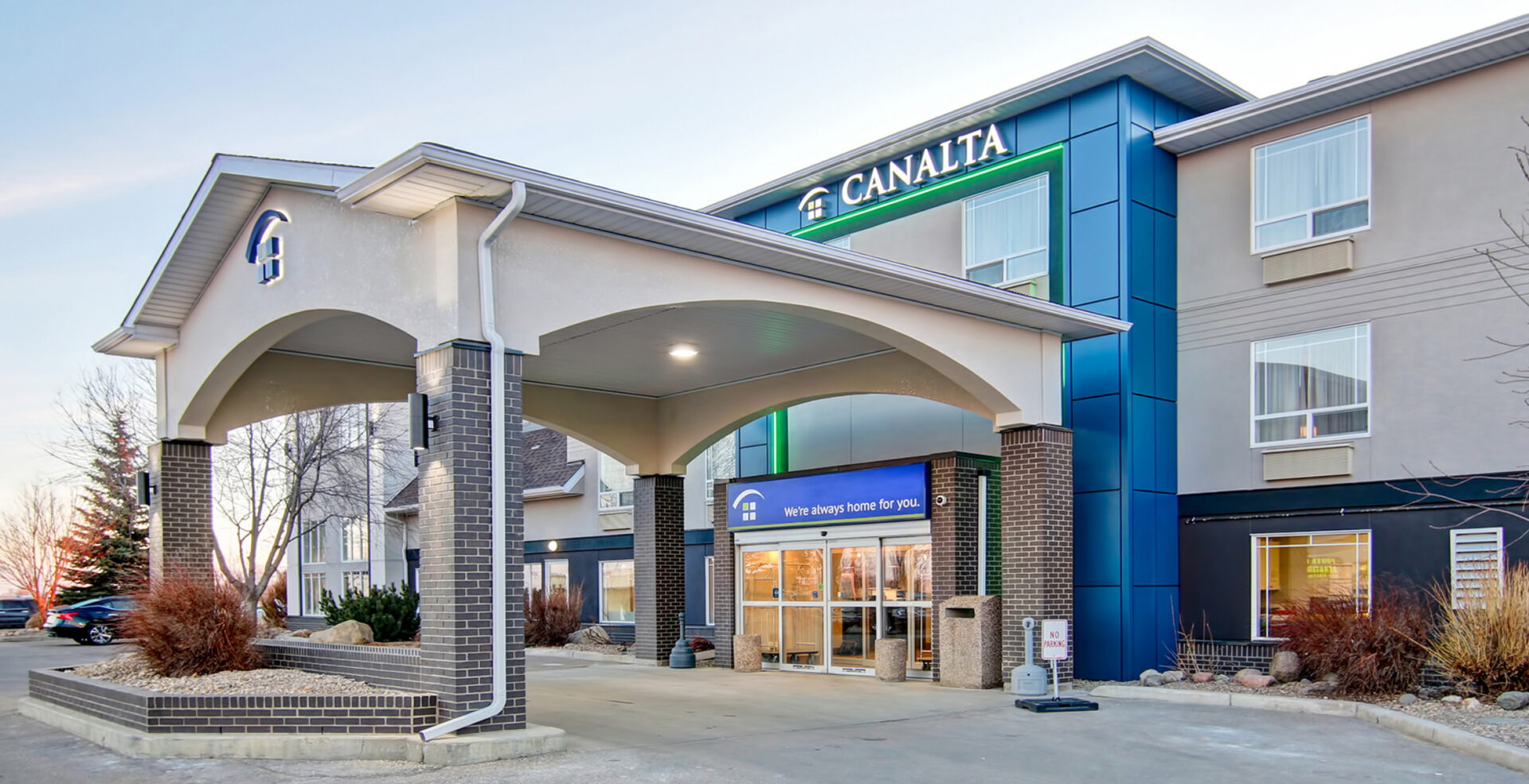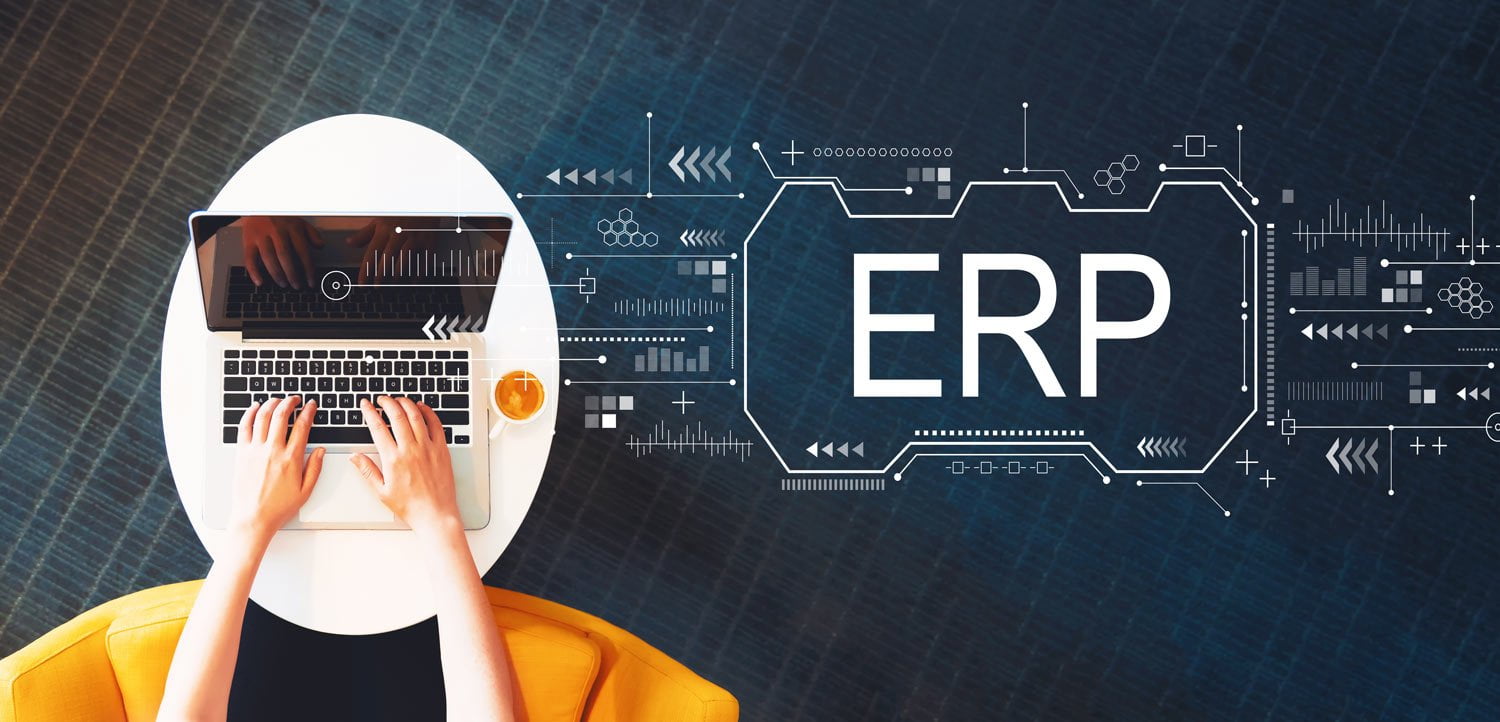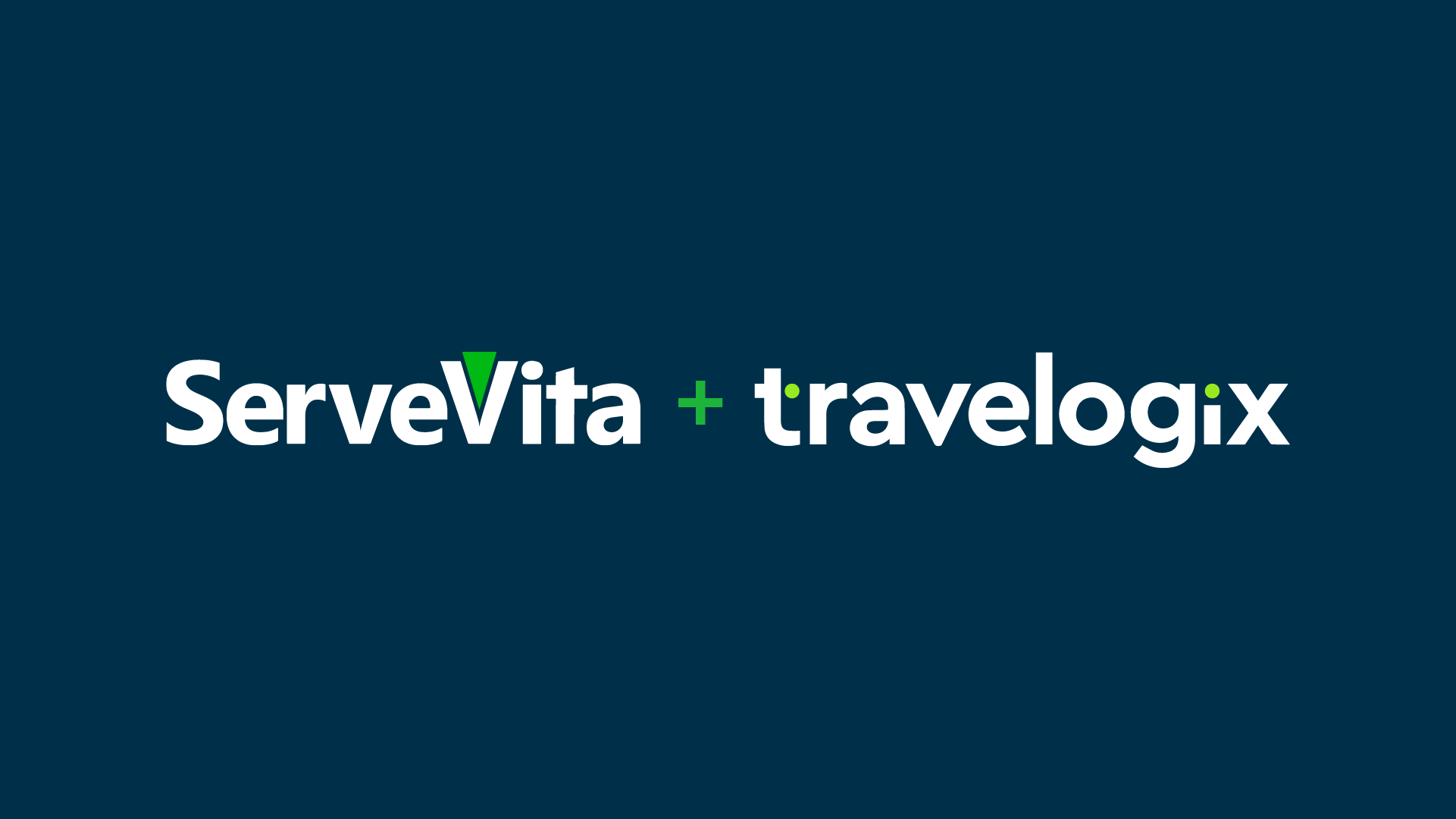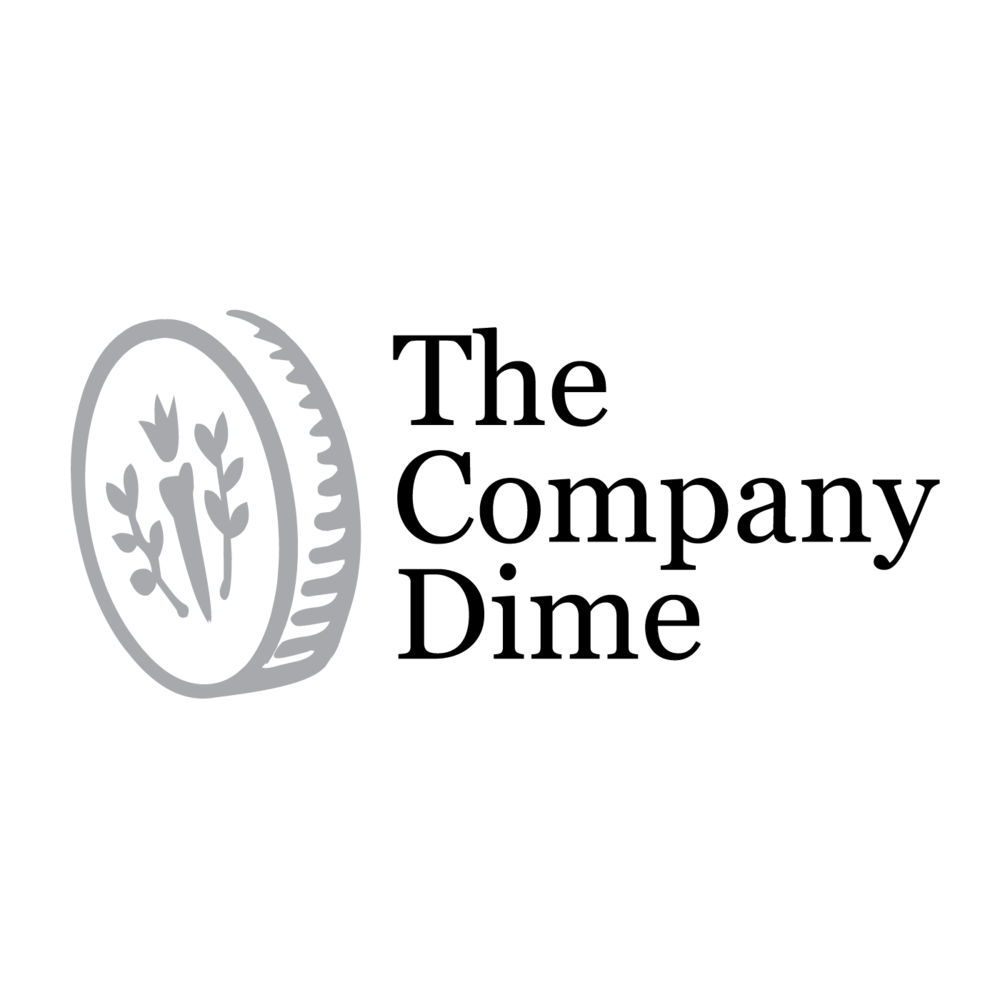Unlocking Sustainability and Efficiency: ServeVita announces the Power of Integration with Carbon Neutral Group and Travel Data in CentralCommand
In an era where environmental consciousness is more crucial than ever, businesses are seeking innovative solutions to reduce their carbon footprint while enhancing operational efficiency. One such groundbreaking partnership is the integration between
Carbon Neutral Group and travel data in CentralCommand with ServeVita, revolutionizing the way organizations approach sustainability and travel management.
The integration captures both the C02 emissions on individual flight segments, the integration will also generate fees and that can be added to the transaction and billed back to the customer to charge for the carbon offset. This integration will provide the following benefits for all stakeholders:
1. Reduced Carbon Footprint
The integration of Carbon Neutral Group and travel data in CentralCommand allows businesses to gain real-time insights into their travel-related carbon emissions. By analyzing travel data alongside Carbon Neutral Group’s comprehensive sustainability solutions, organizations can identify areas for improvement and implement strategies to reduce their overall carbon footprint. This not only aligns with corporate social responsibility initiatives but also positions companies as leaders in environmental stewardship.
2. Cost Savings through Efficiency
CentralCommand’s integration with Carbon Neutral Group enables organizations to optimize travel routes, modes of transportation, and accommodation choices based on their environmental impact. By leveraging data analytics, businesses can identify cost-effective and sustainable alternatives, leading to significant savings in both operational costs and carbon offsets. This dual benefit creates a win-win situation, where financial prudence aligns seamlessly with eco-friendly practices.
3. Enhanced Reporting and Compliance
CentralCommand’s integration ensures that organizations can generate comprehensive reports on their sustainability efforts effortlessly. From detailed carbon emission reports to compliance documentation, businesses gain a holistic view of their environmental impact. This transparency not only helps in regulatory compliance but also provides stakeholders, including customers and investors, with a clear picture of the company’s commitment to sustainability.
4. Scalability and Adaptability
CentralCommand’s integration with Carbon Neutral Group offers scalable solutions that can adapt to the evolving needs of businesses. Whether an organization is a small startup or a multinational corporation, the platform provides customizable features to meet specific sustainability goals. This adaptability ensures that companies of all sizes can benefit from the integration and make meaningful strides towards a carbon-neutral future.
Conclusion
The integration between Carbon Neutral Group and travel data in CentralCommand marks a paradigm shift in how organizations approach sustainability and travel management. By combining real-time travel data with robust carbon offset solutions, businesses can achieve a harmonious balance between environmental responsibility and operational efficiency. This partnership is not just about meeting compliance standards; it’s a strategic move towards building a sustainable and resilient future. As
organizations embrace this integration, they are not only investing in their own success but contributing to a global movement towards a greener, more sustainable world.
How Canalta Benefited from Using ServeVita
Canalta Hotels Eliminates Thousands of Hours of Manual Processing with ServeVita & Unit4
We started ServeVita with the vision that we wanted to serve others and inspire like-minded organizations with efficient solutions that would help them become the best in their industry.
Today, we are overwhelmed with excitement and honored to communicate with you a vision that has become a reality.
We want to introduce you to our amazing friends at Canalta Hotels.
Canalta Hotels is headquartered in Drumheller, Alberta, Canada. At ServeVita, we are avid hockey fans, so their location brings us back to our hockey roots. They are family owned and operated, employing over 3,000 people across Alberta, Saskatchewan, and Manitoba.
Since 1974, Canalta Hotels’ founders, Cam and Sharlene Christianson, along with their sons Blair and Brooke Christianson, have dedicated their professional lives to building a genuine company based on the principles of hard work and service excellence.
What began as one motor inn in Stettler, Alberta, gradually grew into a wider network and today, Canalta Hotels owns and operates more than 40 properties across Western Canada.
The Christianson family’s never-give-up work ethic and “I-can’t-believe-they-did that” service philosophy are what makes Canalta stand out in a category filled with jaded, impersonal service.
Prior to the partnership with ServeVita, Canalta’s hotel managers were hampered by manually entering hotel data from the property management systems into a dashboard for processing at headquarters.
We loved this because it was something we could get behind.
Meanwhile, 3 employees spent 2-4 hours of their workday completing direct billing to their corporate customers. This mundane practice hindered the “I-can’t-believe-they-did-that” philosophy that this family-owned hotel chain was known for.
The goal for the CanaltaServeVita partnership was clear: get Canalta’s property management systems and back office ERP to effectively communicate to each other, enabling employees to do more than data entry and management.
Developed on the Unit4 ERP platform, the Servevita Hotel Management Solution (HMS) integrates hotel data seamlessly into a people-first, proven ERP solution.
Canalta, as owners of 40+ hotels across several brands, could import their hotel sales data daily from their SynXis, OnQ, AutoClerk, and ValueMatrix property management systems.
Once in a centralized database accessible by the back office, every property’s transactions were now viewable and reportable for Canalta’s key hotel and financial metrics.
Hotel data was processed automatically into the financials, with direct bill items being marked for easy billing through Unit4’s Sales Order Module.
Today, I am very excited to announce that they have:
- Eliminated thousands of hours of manual processing with ServeVita HMS
- They have successfully eliminated 22,000 hours of manual processing with integration to property management systems through the new hotel management solution by ServeVita.
- They saved an estimated $706,275 from manual processing reduction and will save 45 hours weekly on direct billing processing.
What an honor to serve and be a blessing to this family, employees, and guests.
We are so thankful for the opportunity to help take away some stress and create opportunities for growth.
If you need to upgrade or implement ERP technology with a proven, successful partner, then ServeVita is your solution.
We provide Travel Software and Hotel Software as well as work as a consulting partner between you and Unit4 technologies.
What is ERP (Enterprise Resource Planning) Software?
In this blog post, we will cover four main questions regarding ERP or Enterprise Resource Planning software.
- What is an ERP?
- ERP versus Best of Breed?
- Who would use an ERP?
- Should You Use an ERP for your Business?
What is an ERP?
ERP, or Enterprise Resource Planning, is a business management software that allows organizations to use a system of integrated applications to manage the business and automate many back-office functions related to technology, services, and human resources.
They integrate all facets of an operation, including human resource management and planning, product planning, development, manufacturing, sales, and marketing.
The main purpose of ERP is to facilitate the flow of information between all business functions inside the boundaries of the organization and manage the connections to outside stakeholders.
ERP can not only help businesses manage their resources but do so in a way that is strategic and organized leaving little room for big mishaps. They allow businesses to plan and control their operations, track inventory, and do other things such as customer service and analytics.
Enterprise Resource Planning systems can also make it easier to generate reports and give businesses visibility into their operations, so they can make better decisions about how to run their business.
These systems are also great for customers since it makes the order process smoother, faster, and more accurate.
Lastly, it’s an invaluable tool for businesses of any size since it allows them to centralize data into a single system, reducing the nature of manual work that would be required otherwise. The ERP eliminates the need to build integration between separate systems that are costly and require ongoing maintenance as each system goes through the upgrade process.
ERP versus Best of Breed?
The ERP versus Best of Breed debate has been a hot topic for discussion for many years. Both options have pros and cons that will need to be considered. In some cases, you may have a hybrid approach. For example, some companies will use an ERP Human Resource Management module but integrate with best-in-class payroll providers.
The main downside of the best of the breed is that you will normally have to maintain integrations between the system using your own IT team. Every time you do an update to one system it will have an impact on the system integrated into the system you are updating which adds more time and effort to the test cycles unless you are able to update all system at the same time which means that each Vendor would have to provide updates at the same time, which is highly unlikely.
ERPs being an all-in-one system will allow you to do an upgrade once at the same time, reducing integration testing time and maintenance. The downside of an ERP is they usually require configuration and customization to meet the same needs as specialized systems used in best of breed.
However, the current movement in the ERP market has been to simplify business processes to make it easier and less time-consuming on staff. Companies seem to be adopting next practices more rather than focusing on customized business practices. This is helping reduce the time to market in implementing the ERP and creating a better ROI in both the initial upfront and long-term operation costs of the ERP system.
ERP are also investing best in market integrations in order to supplement their robust functionality sets so that your IT team does not need to build and maintain those integrations.
Who Would Use ERP?
Enterprise Resource Planning Software is designed to meet the needs of most businesses, ranging from small and midsize companies to large enterprises. ERP solutions are tailored to specific industries, such as healthcare, non-profits, retail, and importantly for us, hospitality.
It can also be useful for companies that require processes to be standardized across multiple locations or countries.
Streamlining is also an option when it comes to ERP.
Should You Use an ERP For Your Business?
ERPs are one of the best systems ever created when it comes to lessening the workload for a company.
They take all of the operations and turn them into one fully integrated system, covering many areas including production planning, maintaining high levels of customer service, managing inventory, human resource management, keeping financials in check by streamlining accounting processes such as budgeting, and so much more.
So if you are in need of a system that will help your company operations to a standard of excellence, we would advise tapping into a reputable ERP software solution with a trusted partner to guide you through the setup process so that you are set up for success!
Need help?
Click the button below to learn more about the ERP solution that ServeVita offers, Unit4, and so that we can help you get started with making your daily operations and functions less of your direct responsibility and put your company more at ease.
The Hotel Data Integration Challenge
Everything You Need to Know About Making Hotel Data Integration EASY!
Integrating data across various systems and departments within a hotel can be a challenging task.
Hotel management companies succeed when they can see the big picture and when their data is brought together to show how all areas of the business are working together.
There are many types of data that a hotel may need to integrate across its various systems and departments. Some examples of data that may be relevant to a hotel include:
- Guest information: Personal details, contact information, and reservation history for guests who have stayed at the hotel.
- Room information: Details about the various types of rooms available, rates, and availability.
- Financial data: Information about revenue, expenses, and profits.
- Marketing data: Information about promotional campaigns and the effectiveness of various marketing efforts.
- Sales data: Information about group sales, corporate rates, and other sales activities.
- Human resources data: Information about employee schedules, payroll, and benefits.
- Point-of-sale data: Information about products and services purchased by guests, such as food, beverages, and spa treatments.
Integrating this data from various sources and systems can help hotels to better understand their operations, identify opportunities for improvement, and make more informed business decisions.
The Challenges of Hotel Data Integration
One of the main challenges in integrating hotel data is the need to ensure data accuracy and consistency across all systems. Not only does the manual entry of data from one system or department to another leave open the possibility of errors, but it’s extremely time-consuming and, ultimately, limited in detail.
Data integration can also be difficult to achieve due to the complexity of the systems and the large amount of data involved. Additionally, hotels may have multiple locations, each with its own systems and data sources, which can further complicate the data integration process.
Another challenge is the need to ensure data security and privacy, particularly when integrating sensitive financial and personal information.
It is important for hotels to have robust data protection measures in place to prevent unauthorized access to sensitive data.
How do you Solve the Hotel Data Integration Problem?
There are several approaches that hotels can take to address the challenge of integrating data from various systems and departments:
- Implement an Enterprise Resource Planning (ERP) system: An ERP system is a comprehensive business management software that can help hotels to integrate data from various systems and departments. An ERP system can provide a single, centralized platform for storing and accessing data, and it can automate many back office functions related to technology, services, and human resources.
- Use data integration tools: There are many tools available that can help hotels to integrate data from various sources. These tools can be used to extract, transform, and load data from different systems and departments into a central repository, such as a data warehouse.
- Use data visualization tools: Data visualization tools can help hotels to analyze and understand their data more effectively. These tools can help hotels to identify trends, spot opportunities for improvement, and make more informed business decisions.
- Use Automation: Automation can be an effective way to address the hotel data integration challenge by streamlining and simplifying many of the processes involved. Here are a few examples of how automation can be used to solve the hotel data integration problem:
- Automated data extraction: Data integration tools can be configured to extract data from various systems and departments automatically at set intervals, such as hourly, daily, or weekly. This can help to ensure that data is consistently and accurately captured and made available for integration.
- Automated data transformation: Data integration tools can also be configured to apply transformation rules to the extracted data automatically. These rules can be used to clean, standardize, and format the data in a way that is suitable for integration.
- Automated data loading: Once the data has been extracted and transformed, it can be automatically loaded into a central hub. This can be done on a schedule or in real-time, depending on the needs of the organization.
- Automated data reconciliation: Data integration tools can be configured to perform automatic reconciliation of data from different sources to ensure that it is accurate and consistent. This can involve comparing data from different sources and flagging any discrepancies for manual review and correction.
Turning Data Into Wisdom
The main goal of integration is not to just have data in one place, it’s about putting the puzzle pieces together to discern the big picture and the decisions you need to make to improve performance.
Not only do you need to integrate, but also reconcile the data in an efficient fashion. Take credit cards for example, match the detailed transactions to the credit card statements provided in one system and be able to connect your finance teams to your operations and marketing teams with the data you have.
Overall, addressing the hotel data integration challenge requires a comprehensive and well-planned approach that takes into account the specific needs and goals of the organization. Investing in the right technology is key and will be one of the most important decisions that an organization makes in determining its future success.
Now is the time to invest in technology, but make sure your technology is future-proof and growth-enabling. ServeVita’s solution to the hotel data integration challenge solves all of the above points and more.
Travelogix Pen New Agreement with ServeVita
We have some news to share with you from a new agreement signed between ServeVita and Travelogix. Here is a snippet from their press release –
We have formed a strategic partnership with Dallas-based ServeVita, which supports the CentralCommand back-office solution being used by TMCs and Travel Agencies in over 30 countries around the world.
In line with our strategy around growth and global expansion, the integration with CentralCommand will see Travelogix further extend our reach to TMCs around the globe that utilise the CentralCommand back-office solution.
With data being shared between both platforms via a dedicated API, TMCs using CentralCommand will be offered on-demand access to real-time visualisations of cleansed data via our Analytix suite, in addition to our TMC-focused duty of care solution GeoLocate, which now includes the newly launched GeoComms and GeoAlert features.
Whilst we already serve some CentralCommand customers who utilise Analytix, this integration represents a completely touchless data transfer approach offering TMCs greatly improved efficiencies through automation.
How to Keep Your Back Office Motivated
How to Keep Your Back Office Motivated
With data scattered across multiple hotel locations and systems, it becomes increasingly difficult to work efficiently across all departments, especially with stress and anxiety compounding every day. At ServeVita understand that the power of efficiency, scalability, agility, and empowerment are essential for an organization’s success. That’s why we work together with our clients to serve through open communication and consistent follow-up and follow-through. Together we inspire, collaborate, and explore the efficiencies of a company, in hopes of fulfilling life.
One of the most important pieces to the puzzle of a business’s success in this industry are the ones who make up the back office. Back office work refers to those positions within a company that isn’t client-facing, however, they are essential in the office management arena of business and in this case the logistics that go into the travel/ hotel business.
The job of a back-office employee can be challenging, especially when it comes to maintaining the needs and expectations of internal clients. Most importantly is managing travel bookings for employees as well as ensuring all administrative tasks are completed in an efficient manner before handing off to other departments within your company.
In order to make sure the front end of the establishment is flowing and functioning, it’s important to always consider and acknowledge that the back of the line is just as important.
What Can Be Done to Motivate Your Back Office?
Generally, employees in the travel/ hotel industry are not fond of administrative tasks. Tasks that may seem simple and straightforward become tedious quickly when there is no motivation or appreciation involved. The easiest way to keep morale up is by encouraging communication between management and other departments within your company. It’s important to make sure that in all cases, all employees are on the same page.
Another way to keep morale up is by encouraging your back-office staff members to be creative in their workflow and tasks performed within each department. Allow them to brainstorm ways they can improve their workflow, while also maintaining productivity levels that are expected for this particular position.
Finally, recognizing your back office as you would any other part of your business, when they’re doing the necessary to make sure the flow of the company is intact is essential. Besides, they are the ones you’re using to make your company run, so why not show them how much you appreciate their hard work.
All of these tidbits can keep your back office inspired and as anyone else would want to feel, appreciated.
In order to keep your team inspired, it’s important to have a company culture where they feel comfortable sharing their opinions…and lets’ be honest, an environment where one can freely and comfortably be themselves is a company worth working hard for.
Are you applying these attributes to your back office systems?
What Does a Good Travel Management Company Look Like?
Travel Management Companies (TMC) are essential to having seamless travel operations for most businesses, corporations, or even municipalities and governments. When an organization is selecting a travel management company, there are a few key factors they look for.
A company’s goal in hiring a TMC is to reduce their own stress when it comes to booking company travel accommodations. Organizations are looking for organized, well-respected TMC’s that engage in consistent communication with clients. If you want to establish yourself as an ideal travel management company, prioritize these characteristics in your company.
Organization:
Organized TMC’s have data and information readily available, showing clients the necessary information when needed. Utilizing an efficient data processing solution, your TMC is able to seamlessly create travel options for companies or organizations.
When a corporation or organization is seeking out a travel management company, they’re looking for an organized and efficient solution to their problem. The best way to attract profitable clients is through an organized system that can speak for itself. An efficient TMC will provide an all-encompassing travel solution tailored to each client.
Communication:
A general business practice that many companies tend to overlook is having a highly communicative relationship with their clients. Your travel management company should be engaging with their clients so they always have an open line of communication.
TMCs play a large role in many businesses ’ operations by creating efficient ways for employees to travel without hassle. Engaging with clients, especially large companies or organizations, will bring added value to a travel management company. Walking alongside a client and explaining how your TMC can aid in creating a stress-free work environment through organized travel solutions will build your TMC’s value.
Following Up:
Following up is an essential good business practice. It is important for clients to feel like they were heard throughout their relationship with your TMC, whether that is before, during, or after a trip. Following up after a trip has ended shows your clients that you are genuinely interested in creating less stress for the company.
Travel can be stressful and hectic for many people but by following up you are ensuring your clients that you want to hear if there are any ways to make the journey less hectic for their employees.
Timeliness:
TMCs have a level of account management to them that many people don’t realize. It’s crucial that employees are timely and structured enough to work with deadlines and keep clients informed about any changes being made. If your travel management company has account managers that are always hitting deadlines and producing information as soon as it’s asked for or needed, your reputation will reflect that.
President of ServeVita, Danny Eldridge, touched on timeliness in an article, stressing the importance of tracking the time your managers are spending on each account, that way you can maximize productivity and charge clients accordingly. Account management is generally thought of as a value-add, but if you show how productive your managers can be, you can transition to making account management a fee you always charge for. Show your clients the value of timely account management!
If you have questions about upgrading your current travel management company’s services or solutions, reach out to us. At ServeVita, we aim to serve our clients and give them the necessary tools to run their TMC flawlessly.
How to Keep your Back Office Inspired
Keeping employees engaged and inspired about their work can be difficult, especially if those employees are in the back office and don’t often receive the praise or limelight that more visible employees do. If you want to see your employees find fulfillment and get excited about their work again, try and implement some new practices.
There are many ways to engage employees, but we’ve compiled a list of what we believe is the most effective in inspiring and engaging back-office employees.
Internal Career Development Opportunities:
One of the biggest challenges in keeping employees happy and inspired is giving them somewhere to move forward. If your employees feel stuck, they’re less likely to work above and beyond in their position, because there’s seemingly no way up.
Inspire your back office employees through opportunity. An easy way to do this is through free webinars or classes taught by more experienced individuals in the company. Your back-office employees will be able to learn from those in higher positions and see a clear path to moving upward in the company. Forbes Magazine says that “Career boredom is a common reason for disengagement. Sometimes, employees leave because they want to experience something new.”
Encourage Employee Feedback:
Allow your employees to have the space to voice their concerns, what they’re excited about, etc. Employees, especially those in the back office, want to know they’re being heard and respected. If they know that their management wants to hear their opinions and feedback, they’re more likely to want to grow with the company and work through any potential issues.
If you let small issues go unnoticed or ignore your back office employees’ opinions, eventually it will pile up and could potentially lead to multiple employees quitting. Ask and encourage honest conservations between management and employees. Make sure to let your employees know that you value their dedication to the job and want to know how to improve or what to keep doing.
Stay Positive:
The U.S Bureau of Labor Statistics found that negativity costs U.S. businesses more than $3 billion annually. If you have an abundance of employees in the back office, negativity can spread like wildfire. Encourage positive verbiage through your emails from management and any other corporate documents that they will receive. Don’t lie and use positive language if there’s something negative happening but if it’s possible, stay positive when you can! A positive attitude and mindset can create a work environment that encourages and uplifts all employees and inspire them to produce better work.
Reward Your Employees:
Set up a way to reward your hard-working employees in the back office. If you’re regularly rewarding employees and showcasing their dedication to the company and their work, they’ll feel valued and appreciated. This will inspire them to continue putting forth their best effort in their work. In addition, make sure to verbally reward them when management is interacting with back-office employees.
A performance-based reward system could also be a great incentive to inspire and encourage employees to put their best foot forward. You could use something similar to an employee of the month award, or you could offer extra incentives like vacation days or bonus’.
All of these are ways to engage with your back office employees and show them that they have value and are crucial to the success of your company. Back office employees are often who keep the business running. Remember, employees want to feel heard and respected, and they deserve to know they are. Without their aid, many companies would be scattered and lost in their own data, so make sure to encourage those employees to work with the numbers in the back office.
If you need to improve your back-office productivity and inspire your employees, reach out to us! We want to serve you and help you find fulfillment in your business and your life. Back office employees and solutions are what keep businesses running, so take the necessary steps to ensure their efficiency.
We are Premier!
2020 has been quite a year, but here is some good news for your news feed:
ServeVita is a Unit4 Premier Partner!

Our relationship with Unit4 predates our existence as Danny Eldridge spent a decade with the organization prior to founding ServeVita. Since our inception, we have been intentional as a partner in enhancing the Unit4 experience for all users of the product. We are excited about the investment of Unit4 in the global partner ecosystem and what this means for the people we work with!
So, what does this mean for you?
- Sales, services, and support by the same people. Whether you are looking at implementing Unit4 ERP for the first time, enhancing your use of it, adding a module, or needing some support, we are here for you! At ServeVita, we want to be a strategic partner to our clients in achieving their organizational goals. With the ability to serve you in all areas of ERP services, we can do just that.
- Specialized knowledge of the travel industry. Our team leverages expertise in Unit4 ERP, Unit4 FP&A, and the travel industry. If your back office is CentralCommand and your language includes the terms “MCOs”, “ARC/BSP settlement”, and “GDS”, we are the partner for you!
- Accomplish more together. One of ServeVita’s core values is knowledge sharing. When you collaborate and share experiences together, it improves the final product. We look forward to continuing to work with Unit4 and the other Unit4 partners to accomplish more on behalf of our customers.
Hear from Beata Wright, Unit4’s EVP/Global Head of Partner Ecosystem about the new Global Partner Program and learn more about the Unit4 Global Partner Program here.
Op Ed: Danny Eldridge on Travel Management Companies' Time
Well isn’t that a familiar face on The Company Dime …

Click to read “Op Ed: Danny Eldridge on Travel Management Companies’ Time”
